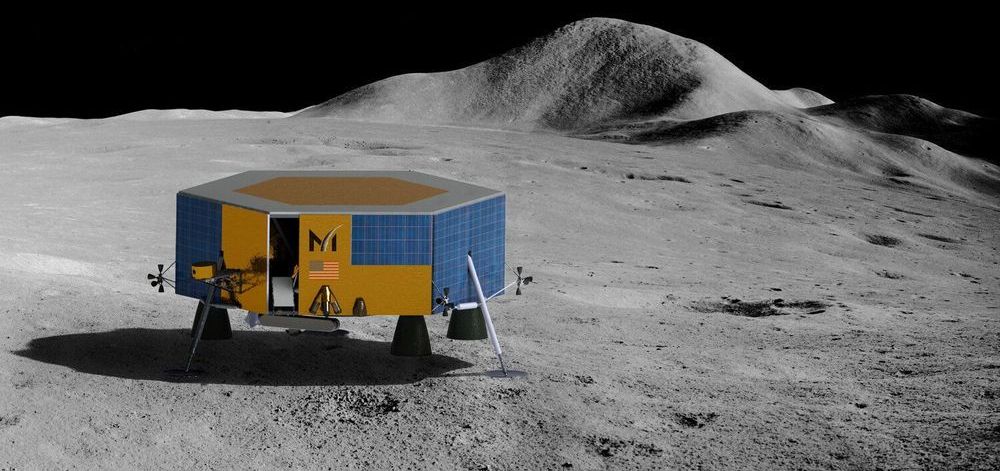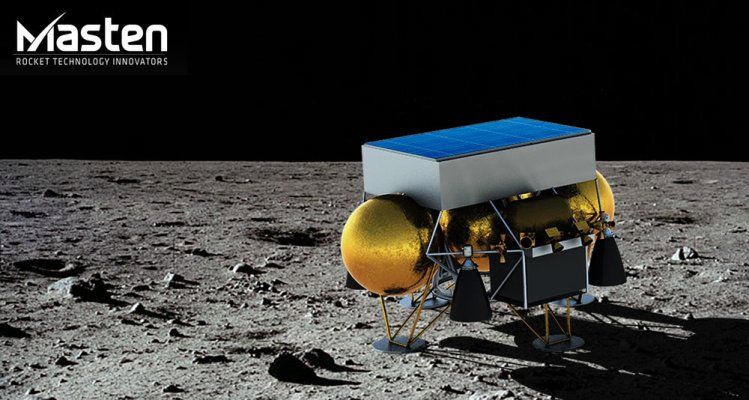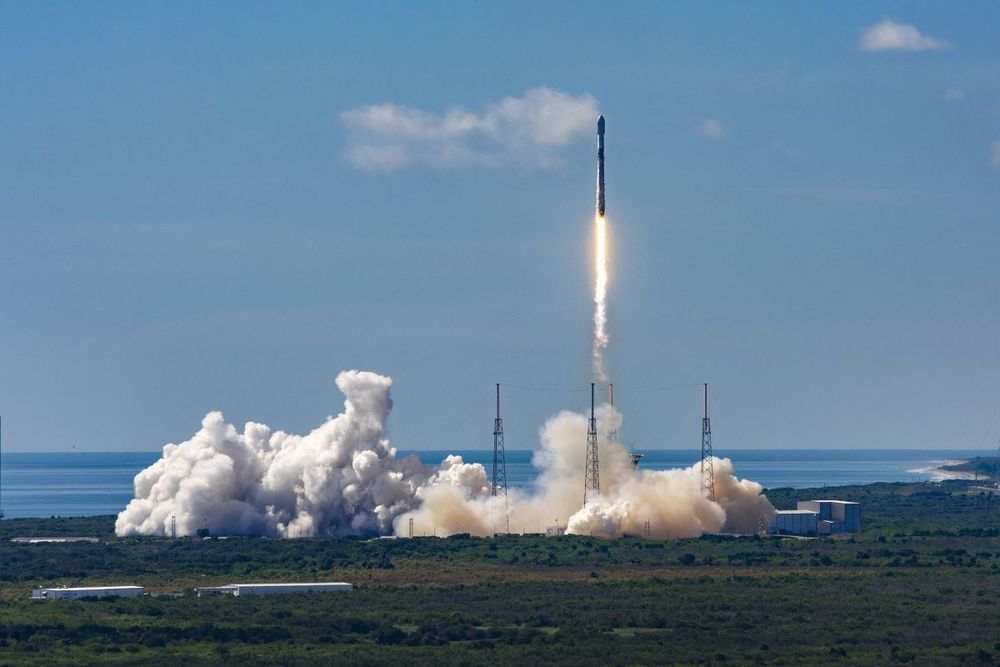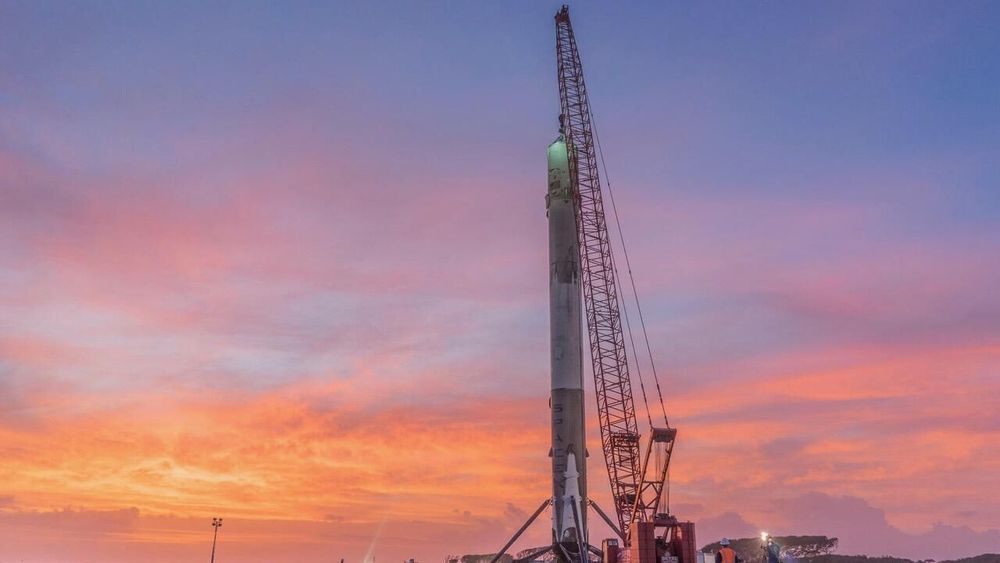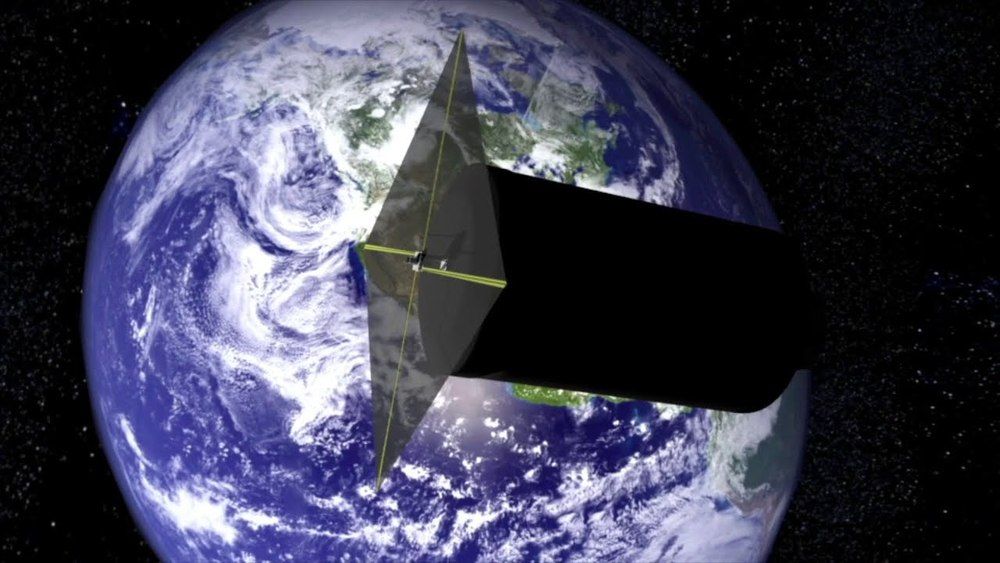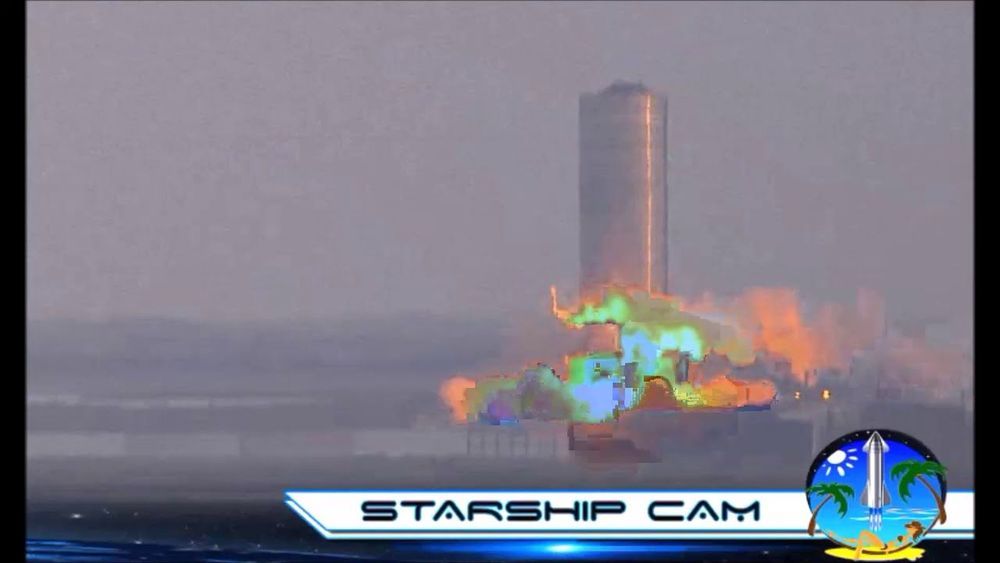Masten Space Systems announced today that it has selected to launch Masten Mission One (MM1). As part of MM1, Masten’s lunar lander will deliver nine NASA-sponsored science and technology demonstration experiments and several commercial payloads to the lunar south pole.
MOJAVE, Calif. – August 26, 2020 – Masten Space Systems announced today that it has selected to launch Masten Mission One (MM1). As part of MM1, Masten’s lunar lander will deliver nine NASA-sponsored science and technology demonstration experiments and several commercial payloads to the lunar south pole.
“Having’s proven launch success behind us is not only great for us, but it’s great for our customers,” said Masten chief executive officer, Sean Mahoney. “We share a common vision with and that makes this more than a partnership. It’s more like a dream team.”
